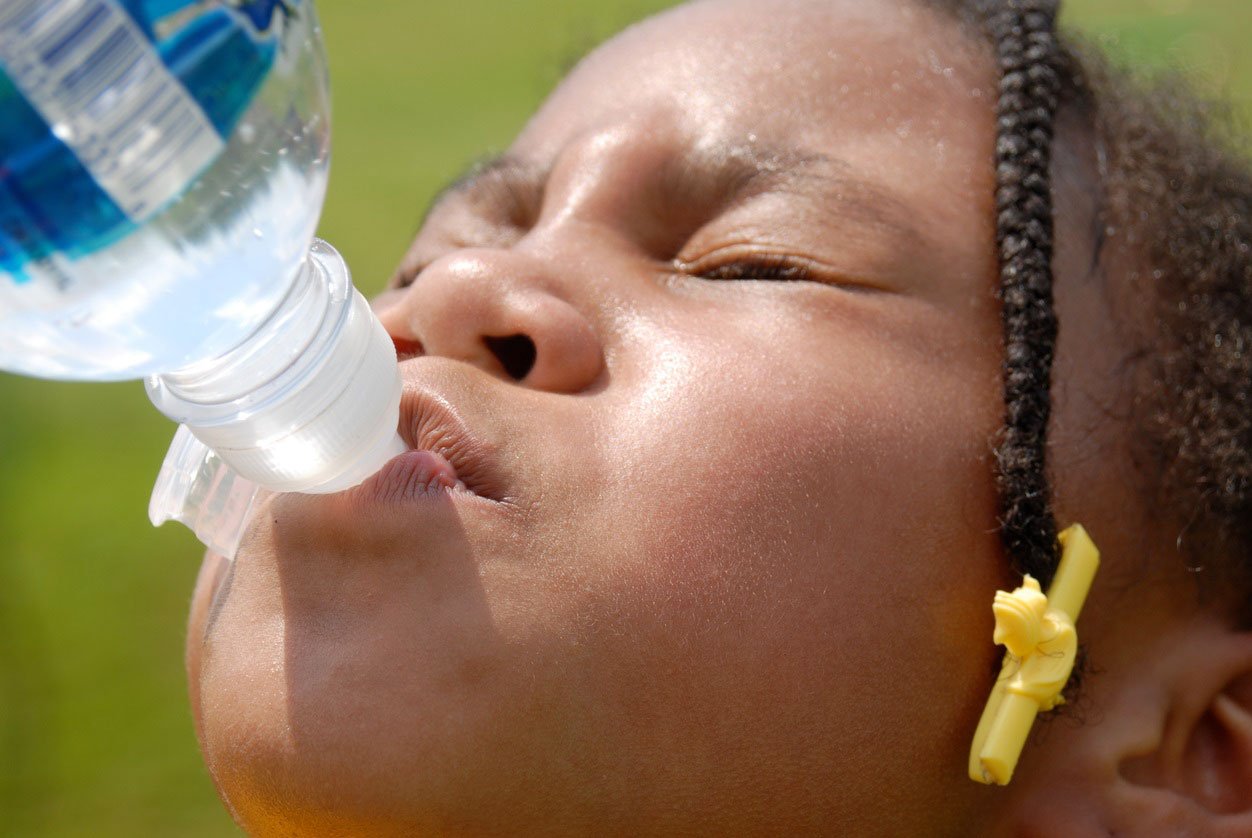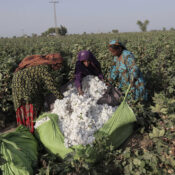
4984 Cheater’s :Rising Temperatures Pose Health Risks for Children
The rising global temperatures resulting from climate change have become a pressing issue that has affected various aspects of human life, including health. One of the most notable impacts of this phenomenon on human health is the increase in global temperatures, which has led to a wide range of health problems, particularly for vulnerable populations such as children. Indeed, rising temperatures pose significant health risks to children, increasing their susceptibility to heat-related illnesses, poor air quality, infectious diseases, food insecurity, and natural disasters.
Heat-related illnesses are the most significant consequence of rising temperatures that have affected children. They are more susceptible to heat stress, given their lower body mass, lack of sweat glands, and slower reaction time. Heatstroke, heat exhaustion, dehydration, and other heat-related ailments can all have severe health consequences, such as seizures, organ damage, and even death. Heatstroke, in particular, is a severe and potentially life-threatening condition in which the body loses the ability to regulate its temperature. It comes with symptoms such as high body temperature, rapid heartbeat, rapid breathing, confusion, weakness, seizures, and even coma, and requires immediate medical attention.
Poor air quality resulting from rising temperatures is also a significant contributor to health risks for children. Children breathe more air relative to their body size than adults, making them more vulnerable to pollutants in the air. Air pollution has been associated with a range of health problems, including respiratory illnesses such as asthma, bronchitis, and pneumonia, as well as cardiovascular disease, diabetes, and cancer. Increased humidity and higher temperatures can contribute to the formation of ground-level ozone, which is a harmful air pollutant that can cause inflammation in the lungs. Children with respiratory conditions, such as asthma, are particularly susceptible to the effects of ground-level ozone and can experience symptoms such as wheezing, coughing, and shortness of breath.
Infectious diseases, such as malaria and Lyme disease, are also linked to climate change, posing significant health risks to children. As temperatures rise, disease-carrying insects such as ticks and mosquitoes can thrive in new areas where they were not previously found. These insects are vectors for diseases, and their proliferation in new areas can lead to the spread of diseases to previously unaffected populations. Malaria is a particularly significant health threat to children, with around 70% of all malaria deaths occurring in children under five. The disease is caused by a parasite that is transmitted to humans via mosquito bites. The increase in temperatures allows for the proliferation of the mosquito population, leading to increased transmission of the disease. Lyme disease, on the other hand, is caused by a bacterium that is transmitted to humans via tick bites.
The impact of climate change on food production is also contributing to a significant health burden on children worldwide. Increased temperatures, prolonged droughts, and rising sea levels are affecting crop yields, leading to food shortages and reduced nutritional quality of crops. Food shortages can lead to malnutrition, which can affect children’s physical and cognitive development. Malnutrition is a considerable health risk for children, with approximately 155 million children worldwide stunted due to malnutrition. Stunted growth is associated with an increased risk of morbidity and mortality, as well as lower cognitive development. In addition, inadequate access to food and nutritional deficiencies can lead to other conditions, such as anemia.

Finally, natural disasters becoming more frequent and severe due to climate change also have significant health consequences for children. Extreme weather events such as hurricanes, floods, and droughts can cause damage to homes and infrastructure, displacing families and disrupting communities. During natural disasters, children may experience physical injury, psychological trauma, or infectious diseases due to exposure to dirty water and lack of sanitation. The aftermath of natural disasters can also lead to the spread of diseases, as water sources may become contaminated, and the sanitation infrastructure may be damaged.
In conclusion, rising temperatures due to climate change pose a severe health risk to children. Heat-related illnesses, poor air quality, infectious diseases, food insecurity, and natural disasters are all significant health risks that directly impact children. To mitigate these risks, effective measures must be taken, including investing in climate mitigation strategies, improving access to healthcare, and developing policies to reduce greenhouse gas emissions. Addressing the impacts of climate change on children’s health ensures that future generations can live healthy and fulfilling lives.
All Categories
- Agricultural Methods
- Agriculture and Women Small Farmers Rights Awareness
- Climate Change
- Disable and Human Rights
- Disable Jobs
- Donation
- Education
- Health Issues
- Organic Foods
- Organic Vegetables
- Orphans Children
- Plastic production and disposal
- Services
- Sinking in Scarcity
- Success Stories
- Uncategorized
- Waste Management
- Women Rights
- Youth Empowerment




